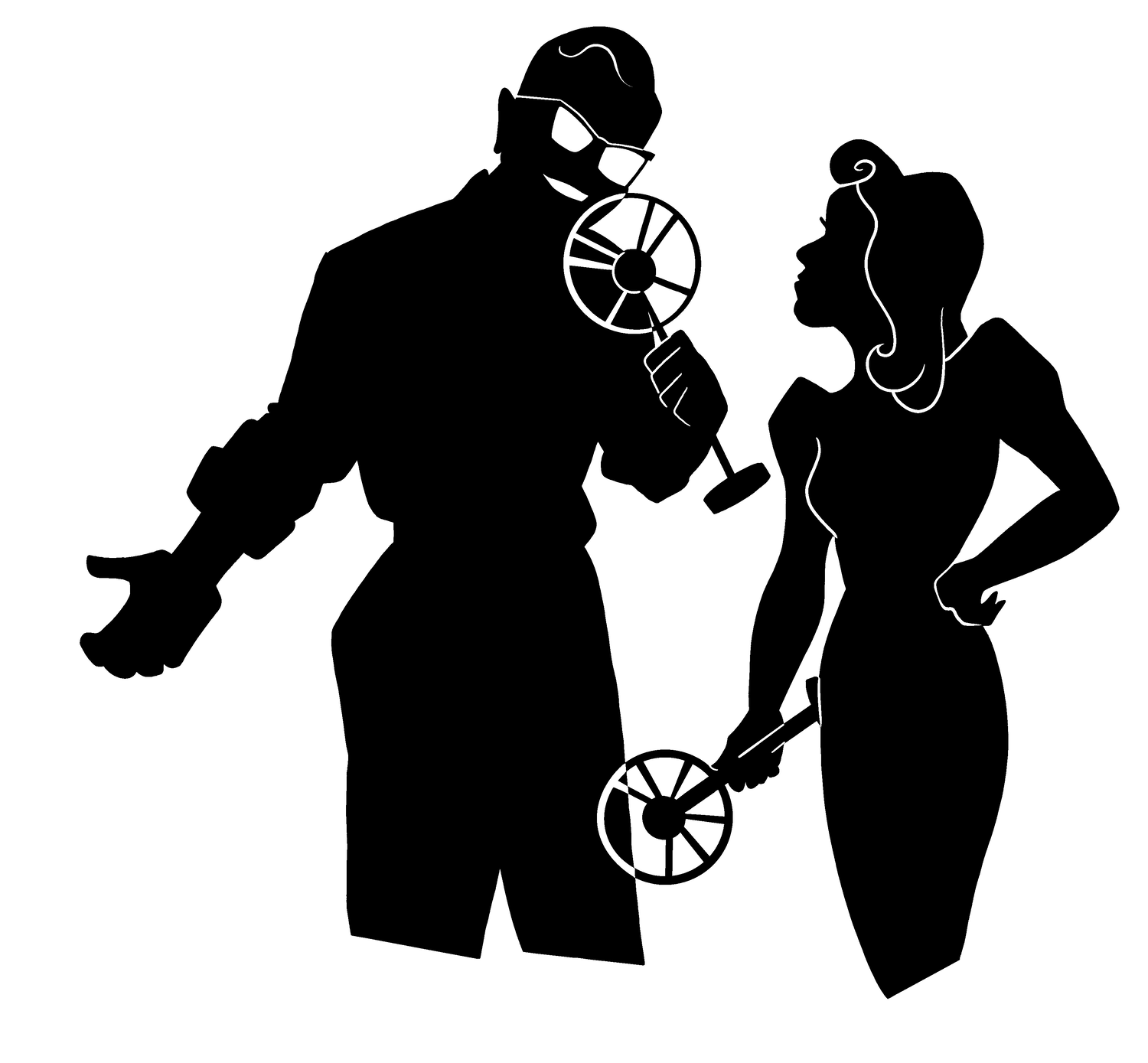49. Internet Facilitated Sexual Offenses, Part 3
Dr. Scott & Dr. Shiloh wrap up this three part series by addressing solicitation offenders aka the To Catch a Predator types. They talk about the ethics of such investigations when crossed over in the world of entertainment. We also break down typologies, the criminal & mental health backgrounds of these offenders, and what life after prison looks like for such criminals.
Mentions:
HBO's I'll Be Gone in the Dark
Perverted Justice watchdog group: www.perverted-justice.com
The Last Undercover book by Bob Hamer
Getting Off podcast: www.gettingoffpod.com
EPISODE RESOURCES
Abel, G., Mittelman, M.S., & Becker, J. (1985). Sexual offenders: Results of assessment and recommendations for treatment. In H. H. Ben-Aron, S. I. Hucker, & C.D. Webster (Eds.), Clinical criminology (pp. 191-205). Toronto, Ontario, Canada: MM Graphics.
Abel & Harlow (2001) The Abel and Harlow Child Molestation Prevention Study
Becker, J. & Murphy, W. (1998). What we know and don’t know about assessing and treating sex offenders. Psychology, Public Policy, and Law, 4, p. 116-137.
Briggs, P., Simon, W. T., & Simonsen, S. (2010). An Exploratory Study of Internet-Initiated Sexual Offenses and the Chat Room Sex Offender: Has the Internet Enabled a New Typology of Sex Offender? Sexual Abuse: A Journal of Research and Treatment, 23(1), 72–91. https://doi.org/10.1177/1079063210384275
CPORT resources: https://www.researchgate.net/project/Child-Pornography-Offender-Risk-Tool-CPORTCatanese, S. A. (2014, September). Online Offenders 101: Highlights of assessment, recidivism, & life after supervision. Presented at the 13th International Association for the Treatment of Sexual Offenders Conference, Porto, Portugal.
Catanese, S. & Huerta, P. (2014, September). Reasonable and therapeutic uses for sexually stimulating materials in sex offender treatment: A discussion. Presented at the 13th International Association for the Treatment of Sexual Offenders Conference, Porto, Portugal.
Dandescu, A., & Wolfe, R. (2003) Sexual Abuse: A Journal of Research and Treatment. Considerations on Fantasy Use by Child Molesters and Exhibitionists.
Delmonico, D. L., & Griffin, E. J. (2013). Illegal images : critical issues and strategies for addressing child pornography use. Neari Press.
Durkin, K. F., & DeLong, R. L. (2012). Internet Crimes against Children. Encyclopedia of Cyber Behavior, 799–806. https://doi.org/10.4018/978-1-4666-0315-8.ch066
Hanson, R. and Brussiere, M., (1998). Predicting relapse: A meta-analysis of sexual offender recidivism studies. Journal of Consulting and Clinical Psychology, 66, p. 348-364.
Hall, G. C. N., (1995). Sex offender recidivism revisited: A meta-analysis of recent treatment studies. Journal of Consulting and Clinical Psychology, 63, p. 802-809.
Seto, M. C. (2013). Internet sex offenders. American Psychological Association.Sheldon, K. & Howitt, D. 2008. Sexual fantasy in paedophile offenders: Can any model explain satisfactorily new findings from a study of Internet and contact sexual offenders? Legal and Criminological Psychology, Volume 13, Number 1, February 2008, pp. 137-158(22) British Psychological Society
Quinsey, V., Rice, M., & Harris, G. (1995). Actuarial prediction of sexual recidivism. Journal of Interpersonal Violence, 10, p. 85-105.
This episode is sponsored by
· Anchor: The easiest way to make a podcast. https://anchor.fm/app
Send in a voice message: https://anchor.fm/lansc/message
